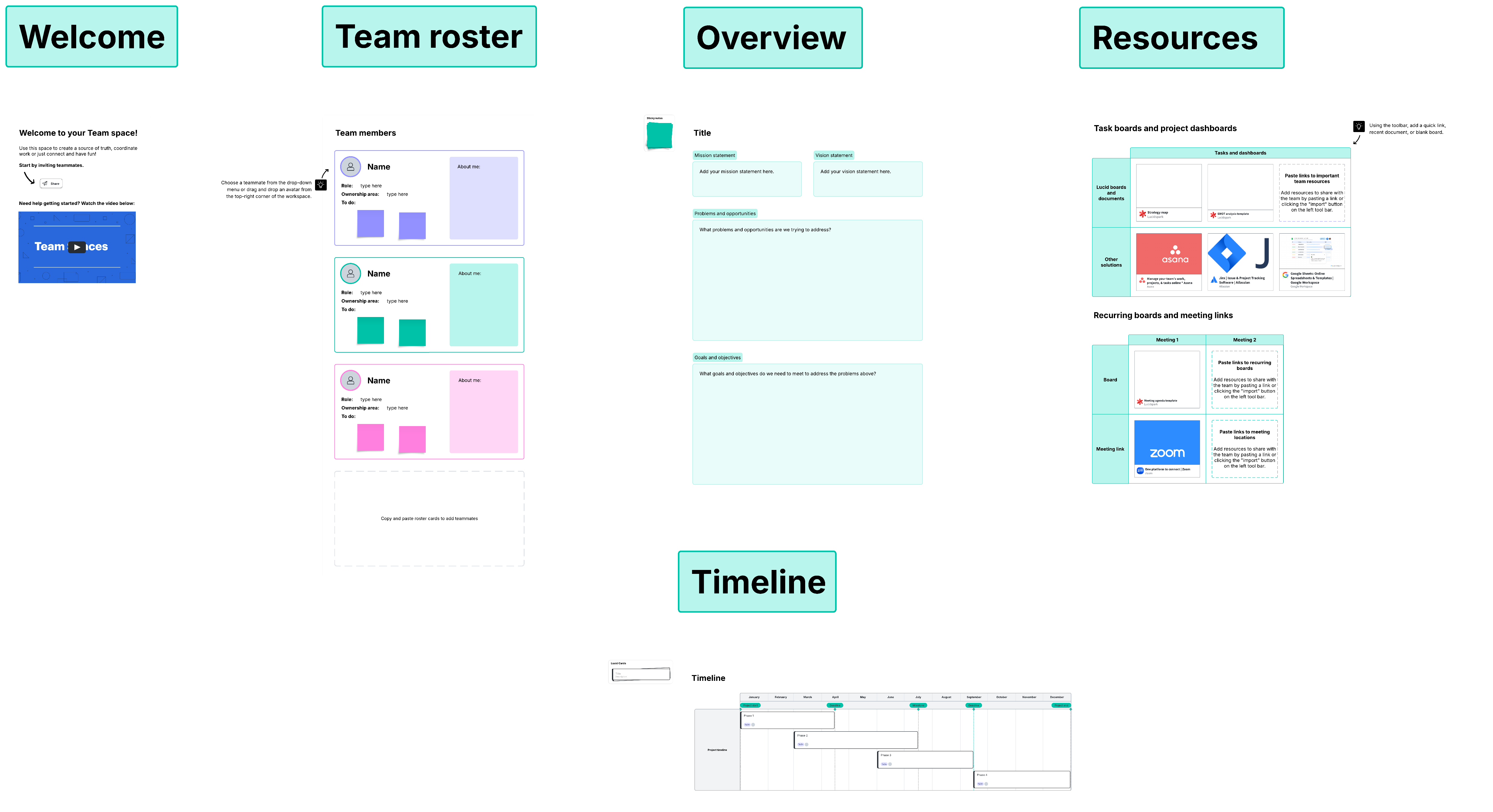
How to develop a business strategy [+ free templates]
Reading time: about 4 min
Long-term, sustained success drives every business, from the small three-person startup to the largest global corporation. But what is the foundation for such success? While many factors contribute to this goal, a sound business strategy stands as the cornerstone. It's the guiding compass for any organization to thrive. A good business strategy will take you far, while a weak one will only cause havoc down the road.
In this article, you’ll learn what a business strategy is, why it’s important, and how to build a great one. We’ve also included some free templates to help you along the way.
What is a business strategy?
A business strategy is more than just a simple plan. It's a roadmap that shapes your goals and ensures they are well aligned with your company's mission. It guides every facet of your business operations and decision-making. A well-crafted business strategy should outline elements like the approach you will take to expand products, competitor positioning, goals you’ve set, and more.
Your strategy should be robust, including components like:
-
Mission and vision statements
-
Core values
-
Internal analysis
-
SMART goals
-
Competitive analysis
Why is creating a business strategy important?
A business strategy is vital for your business's overall health and success. It guides every decision you make, from hiring to product launches. A business strategy provides clarity and alignment for all employees and improves the decision-making process. Anyone unsure if something is a good idea can check it against the business strategy to reveal if the particular initiative truly supports your business goals.
How to develop a business strategy: 6 steps
Now that you know what a business strategy is and why it’s ipmportant, let’s dive into the steps for writing a business strategy that supports your organization.
1. Mission, vision, and values
The first step in creating a business strategy is clearly defining your mission, vision, and company values.
Mission statement: The mission statement describes what your company does and its purpose. For example, Google’s mission statement is, “To organize the world's information and make it universally accessible and useful.”
Vision statement: The vision statement describes where you see your organization in the future and what you aspire to be. Google’s vision statement is, “To provide access to the world’s information in one click.”

Learn how to create a strong vision statement.
Read howValues: Values describe what you will prioritize to achieve your mission and vision. For example, Google’s values are user protection, responsible AI, opportunity for all, social impact, and building for everyone.
Here are two templates to help you map and write the mission and vision statements.


2. Internal analysis
With your mission, vision, and values defined, the next step in developing a business strategy is to conduct an internal analysis. One powerful way to do this is through a SWOT analysis. A SWOT analysis helps your organization identify its strengths, weaknesses, opportunities, and threats. Identifying these elements will equip your company to develop a business strategy that leverages its advantages and minimizes potential risk.

3. SMART goals
Now that you better understand where your organization stands in the market, it's time to start setting goals. But rather than vague umbrella goals like “Increase sales” or “Raise brand awareness,” set goals that are SMART. The SMART goal acronym is a helpful tool to guide you in setting goals that are specific, measurable, achievable, relevant, and time-bound.
An example of a SMART goal could be: We want to increase our sales by 30% in Q4. We will do this by conducting an SEO audit of our blog posts to see where we can incorporate more keywords and include strong CTAs that send viewers to our sales page.

4. Strategic plan
You’ve already laid the foundation of defining your company’s purpose, conducting an analysis, and setting specific goals. Now is the time to combine your preparation and build your strategic plan. In this phase, it is essential to collaborate with other key leaders across the organization.
To facilitate collaboration and alignment, consider leveraging these Lucidspark templates.



5. Implement the strategy
Implementing your business strategy can feel like a daunting task. One of the main things to consider is whether you should deploy your strategy incrementally or launch it across departments all at once. However, there is no one-size-fits-all approach. Your implementation plan depends on a few factors including your industry, size, culture, and more.
Before implementation, it is important to ensure that leaders are aligned on their responsibilities and that a clear structure is in place to monitor the progress of your implementation. Also, be sure to have others who can step in for support if needed.

6. Monitor results
After the implementation phase, consistently monitoring and tracking the outcomes of your business strategy is crucial. This allows you and your leaders to gain insights into its effectiveness and where you might need to optimize.
Developing a business strategy will provide a clear path forward for your organization and ensure everyone is aligned toward the same goals.

Learn how strategy and tactics work together to help you achieve your business goals.
Read nowAbout Lucid
Lucid Software is the leader in visual collaboration and work acceleration, helping teams see and build the future by turning ideas into reality. Its products include the Lucid Visual Collaboration Suite (Lucidchart and Lucidspark) and airfocus. The Lucid Visual Collaboration Suite, combined with powerful accelerators for business agility, cloud, and process transformation, empowers organizations to streamline work, foster alignment, and drive business transformation at scale. airfocus, an AI-powered product management and roadmapping platform, extends these capabilities by helping teams prioritize work, define product strategy, and align execution with business goals. The most used work acceleration platform by the Fortune 500, Lucid's solutions are trusted by more than 100 million users across enterprises worldwide, including Google, GE, and NBC Universal. Lucid partners with leaders such as Google, Atlassian, and Microsoft, and has received numerous awards for its products, growth, and workplace culture.
Related articles
How to decide when it's time to revamp your business strategy
Let's dig into some ways to decide when it's time for your business to revamp its strategy and key tools to make the process easier.
Internal analysis: Why every business strategy should start with one
Performing an internal analysis can help you to look into how your company works, which helps you to see what you do well and what needs improvement.
A 6-step guide to strategy implementation
The following six steps can help you to complete a successful strategy implementation process.
